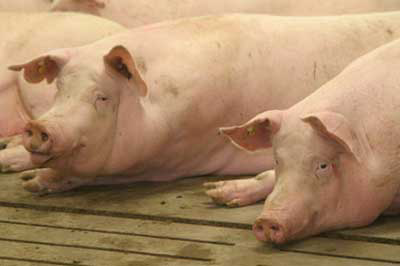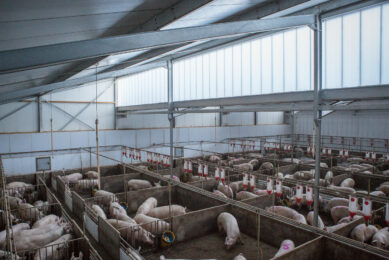Research: Dust reducing techniques for pig houses

Researchers at Wageningen University & Research Centre have identified three techniques offering prospects for reducing dust in pig houses.
The research, carried out at the Innovation Center (VIC) Sterksel, focused in total on five techniques to reduce dust, investment and annual costs. The techniques made use of different operating principles: Negative ionisation (IC-ionic), photocatalytic oxidation (RCI), treatment with oxygen ions (Airlife), a film of vegetable oil on the pigs’ skins (Oil nipple) and air recirculation with electrostatic filtration (Flimmer Filter).
In two of the five techniques (RCI and Airlife), the concentrations of PM10 (particles less than 10 microns) appeared not to be influenced. In the other three methods, in which dust particle concentration decreased, slaughter data also pointed in the direction of a reduction of lung lesions.
Per pig place were the annual costs of the systems ranged from € 2.84 to € 17. None of the tested dust reduction techniques, however, gave a substantial improvement in growth and feed conversion of animals. A slightly higher feed conversion for the pigs in the departments with RCI, and Airlife and Flimmer Filter is probably associated with a slightly higher feed demand of the pig due to a higher air flow through these systems.
The study was commissioned by the Dutch Product Board for Livestock and Meat and the Dutch province of North Brabant.











